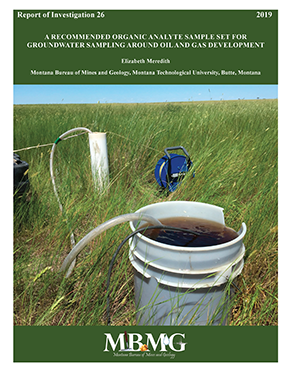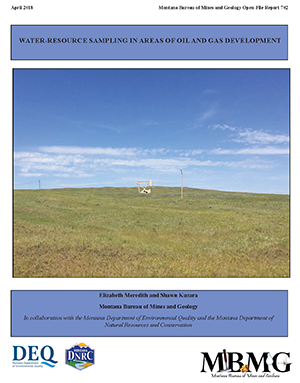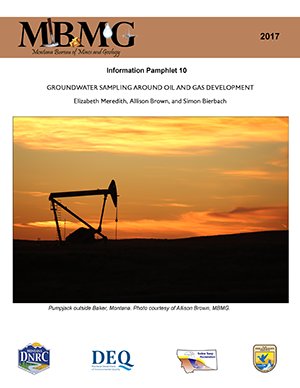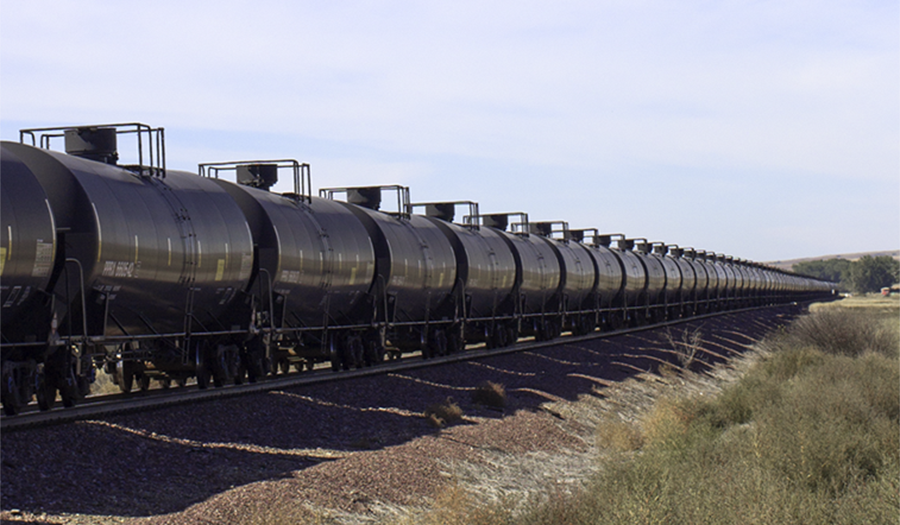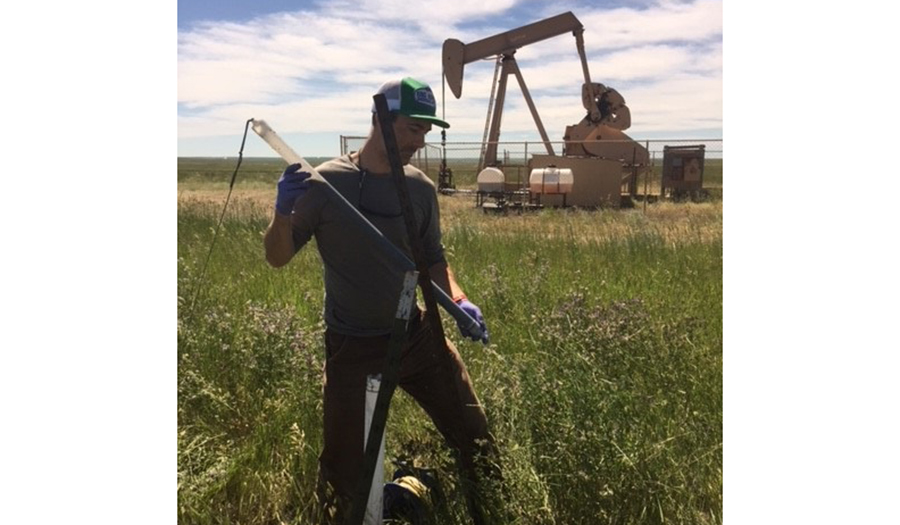Oil and Gas Production and Groundwater
In eastern Montana, the Bakken Formation is an important source of oil and natural gas. Horizontal drilling and hydraulic fracturing play a critical role in the successful production of Montana's largest oil reservoir. The MBMG provides hydrogeologic and geologic information to individuals, public agencies, and the petroleum industry.
Modern oil well construction prioritizes protecting the shallow groundwater by requiring surface casing, and the drilling, producing, and plugging of wells to prevent the pollution of fresh water supplies by oil, gas, salt, brackish water, or the injection of produced water over a designated salinity threshold (Administrative Rules of Montana [ARM] 36.22.1001; Montana Code Annotated 82-11-123(3); ARM 36.22.1226). However, surface activities of oil development can still impact the environment.
To address requests from citizens concerned with increased development and new development practices, the MBMG collaborated with the
Montana Department of Natural Resources and Conservation (DNRC) and the Montana
Department of Environmental Quality (DEQ) to characterize groundwater quality near current oil and gas development. Analyses included a
wide range of organic constituents, isotopes of carbon and hydrogen of methane, and the standard inorganic constituent analysis.

